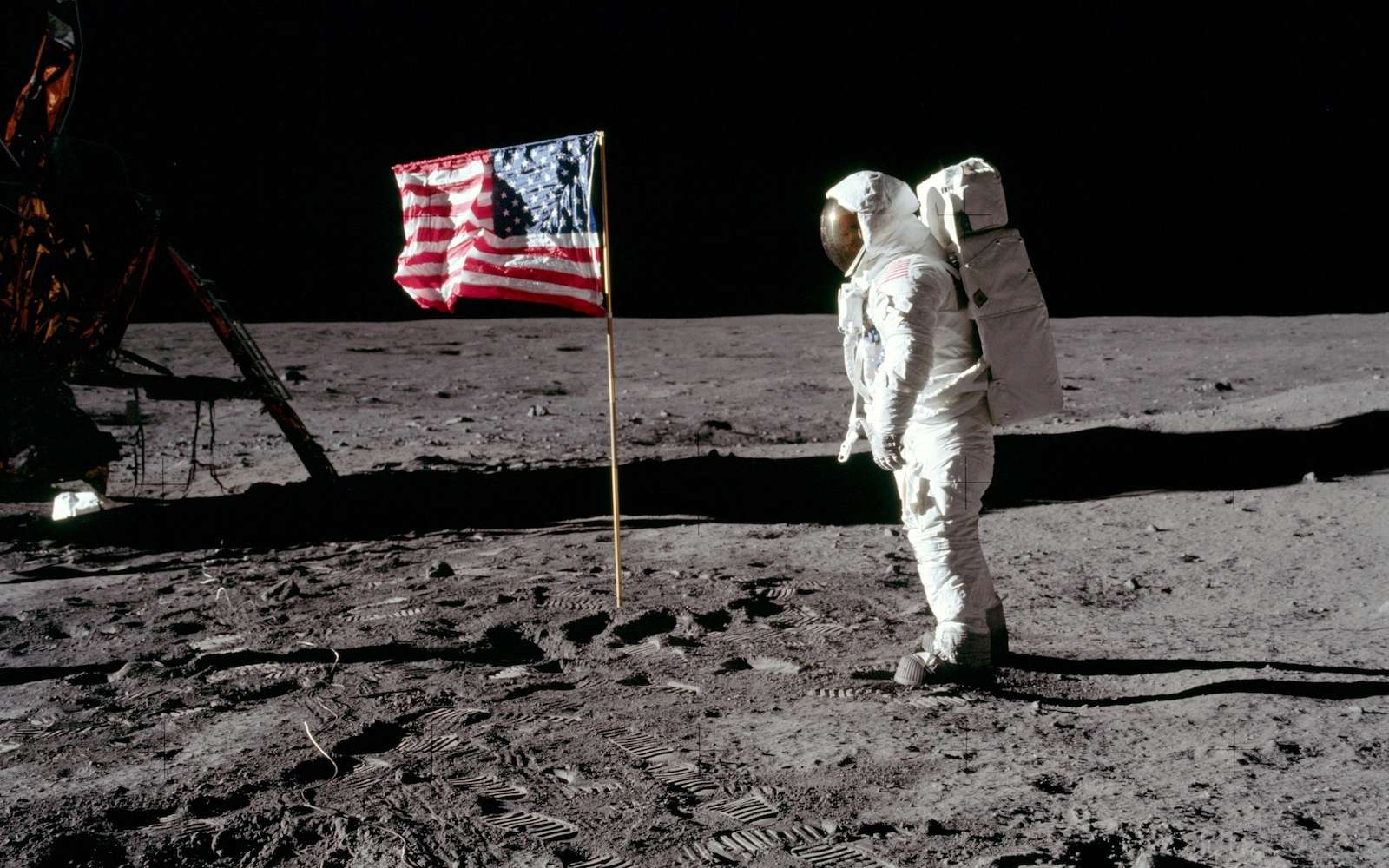Multitasking, networking, keyboard, fear of espionage 50 years ago, computing was at the heart of the Apollo mission with emerging technologies that will soon become essential for the conquest of space, but also in all sectors and everyday life.
As we approach the 50th anniversary of the first steps of man on the moon, this technological and human achievement seems even more incredible in hindsight. All the computers used at the time for such a feat would not match the performance of a smartphone today.
In 2012, two Google researchers compared the operation of the search engine with the computers on the space mission. A single search then equated to all the computing power used in flight and on the ground during the Apollo space program, which lasted for 11 years A comparison that would be all the more uplifting in 2019.
The Apollo mission relied on several different computers, with innovations both on the ground and on the shuttles. On the ground, IBM had supplied the mainframes used for the Mercury and Gemini programs, which allowed it to discover the limits of its machines.
The manufacturer released in 1964 a new series of computers called System / 360 that could be networked, which was new at the time. They were equipped with an operating system called OS / 360 which had the distinction of being a multitasking system.

A shortcode to compensate for a lack of memory
These are specifically the computers IBM System / 360 Model 75 Networked have been used to the computer systems of the Apollo mission. Their only fault was at the main memory level, limited to about a megabyte. Engineers had predicted that missions would generate too much data for computers, so they had to create abbreviations to save memory.
The biggest advance, however, was on the side of the shuttle and the lunar module. The astronauts needed a special computer for a flight to the moon because navigation involves too many variables. The shuttle leaves the Earth, which turns on itself and around the Sun, to aim a point on the Moon which revolves around the Earth.
It is, therefore, necessary to calculate at the same time how long it takes to travel to a specific site on the Moon, but also to determine where the site will be located. Moreover, at this time in the middle of the “cold war”, Americans feared that the Russians would block communications, so the shuttle had to be able to guide itself alone.